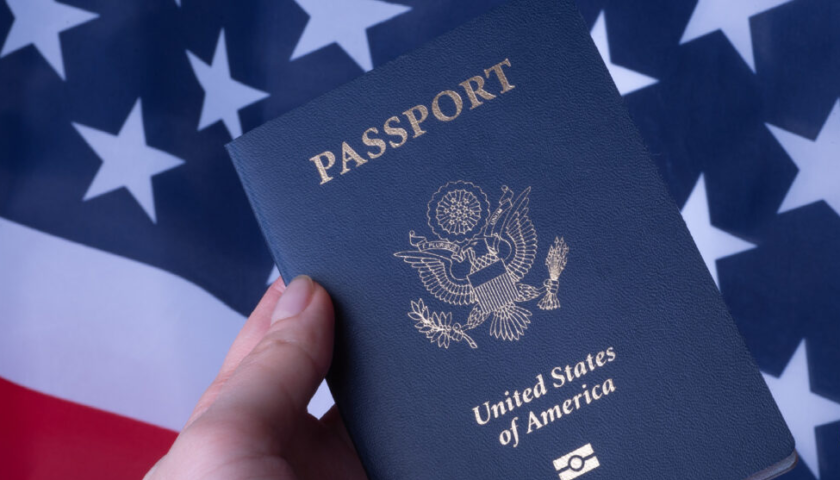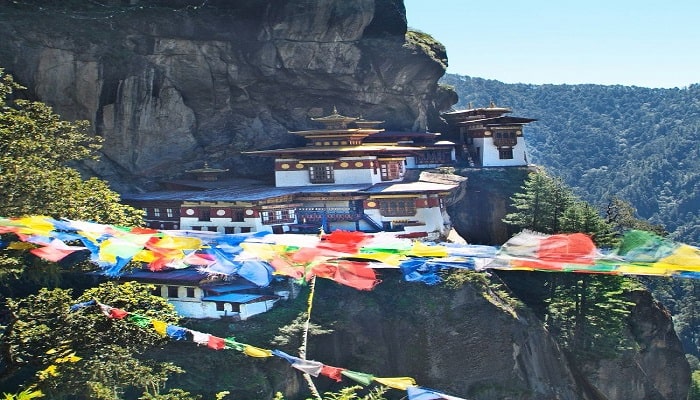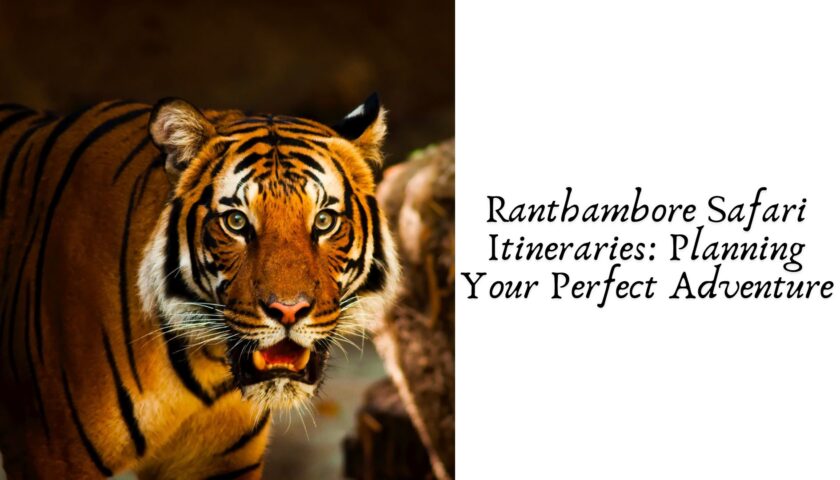Embarking on a journey to conquer Mount Everest, the highest peak on Earth, is a dream shared by many adventurers around the world. Standing at an astonishing 8,848.86 meters (29,031.7 feet) above sea level, this formidable mountain has captured the imagination of climbers for decades. However, beyond the physical and mental challenges of summiting Everest, there’s another critical factor to consider: the cost.
In this comprehensive guide, we will delve into the various expenses associated with hiking Mount Everest, helping you understand what you should expect when planning this epic adventure.
The Big Picture: What Determines the Cost?
The cost of hiking Mount Everest can vary significantly depending on several factors:
Route and Itinerary
The route you choose and the duration of your expedition play a substantial role in determining the overall cost. The two most popular routes to the summit are the South Col route from Nepal and the North Col route from Tibet. The number of days you spend on the mountain, including acclimatization and rest days, also affects the final bill.
Guided Expedition vs. Independent Trek
Deciding whether to join a guided expedition or attempt the climb independently will significantly impact your budget. Guided expeditions provide experienced guides, logistical support, and equipment but come at a higher cost. Nepal Short Treks have more control over their expenses but require a higher level of experience and preparation.
Permits and Fees
Climbing Everest involves obtaining permits and paying various fees. The costs associated with permits vary between Nepal and Tibet. Additionally, there are fees for entering specific regions and for the use of helicopters, which may be necessary for emergencies or evacuations.
Gear and Equipment
Investing in quality gear is crucial for your safety and comfort on the mountain. This includes items like high-altitude clothing, mountaineering boots, tents, sleeping bags, and personal climbing equipment. Renting some of these items may be an option to reduce costs.
Travel Expenses
Getting to Nepal or Tibet is an essential part of your journey. International flights, domestic flights, and ground transportation all add to the total expense. You’ll also need to consider accommodation and meals in Kathmandu or Lhasa before and after your trek.
Insurance
Travel insurance that covers high-altitude mountaineering is a necessity. It ensures that you’re protected in case of unforeseen circumstances, such as injuries, illnesses, or the need for evacuation. Learn More: Cost To Climb Everest
The Breakdown: Itemized Costs
Now, let’s break down the expenses associated with hiking Mount Everest:
Permits and Fees
- Nepal Permit: As of my knowledge cutoff date in September 2021, the cost of a permit for Everest from the Nepal side was USD 11,000 per person. However, this fee may change, and it’s essential to check the latest regulations and costs.
- Tibet Permit: Climbing Everest from the Tibet side typically involves different permit costs, which may be lower than those in Nepal.
- Climbing Sherpa Fee: If you’re part of a guided expedition, you may need to pay a fee to the climbing Sherpa team.
- National Park Fees: Sagarmatha National Park in Nepal charges an entry fee.
Guided Expedition Costs
- Guide and Support Staff: Joining a guided expedition usually includes the fees for experienced guides, high-altitude porters, and other support staff.
- Logistics: Expenses for food, accommodation, transportation, and medical supplies for the expedition team.
- Oxygen: If you plan to use supplemental oxygen during your ascent, this can be a substantial expense.
Gear and Equipment
- Personal Gear: This includes clothing, boots, gloves, headgear, and other essential personal items. High-quality gear is vital to withstand the harsh conditions.
- Climbing Equipment: Depending on your experience and the route you choose, you may need ice axes, crampons, harnesses, and ropes.
Travel Expenses
- International Flights: The cost of flying to Kathmandu, Nepal, or Lhasa, Tibet, varies depending on your departure location and the time of booking.
- Domestic Flights: If you fly from Kathmandu to Lukla (the gateway to the Everest region), this adds to your expenses.
- Accommodation and Meals: Budget for pre and post-trek accommodation and meals in Kathmandu or Lhasa.
Insurance
- Travel Insurance: Ensure your insurance covers high-altitude mountaineering, including evacuation if necessary. This is non-negotiable for your safety.
Additional Considerations
Tips and Gratuities
Tipping your guides, Sherpas, and support staff is customary in the mountaineering world. This is an important aspect of ensuring fair compensation for their hard work and dedication.
Contingency Budget
It’s wise to have a contingency budget for unexpected expenses, such as changes in your itinerary, medical emergencies, or gear replacements.
Conclusion: Is It Worth the Cost?
Hiking Mount Everest is undeniably a costly endeavor. However, for many, it’s a once-in-a-lifetime opportunity to test their limits and experience the majesty of the world’s highest peak. The cost reflects the unique challenges and logistics involved in such a monumental undertaking.
Before embarking on this journey, it’s crucial to assess your budget, physical readiness, and mental preparedness. Ensure you have the necessary experience or are willing to invest in training. Equally important is your commitment to safety and ethical climbing practices, which include respecting the mountain and its environment.
In the end, while the cost of hiking Mount Everest may be high, the reward is immeasurable: the chance to stand atop the world and experience the breathtaking beauty of the Himalayas, a feat that will stay with you for a lifetime.
Beyond the tangible costs associated with hiking Mount Everest, it’s essential to consider the intangible rewards that come with this monumental undertaking. Here are some factors that may help you weigh the investment:
1. Personal Achievement
Summiting Mount Everest is a remarkable personal achievement that only a select few can claim. It’s a testament to your determination, resilience, and ability to conquer the world’s highest peak. The sense of accomplishment and pride that accompanies reaching the summit is priceless.
2. Cultural Experience
Your journey to Everest takes you through culturally rich regions of Nepal or Tibet. Along the way, you’ll interact with local communities, gaining insights into their way of life, traditions, and spirituality. These cultural exchanges can be incredibly enriching and provide a deeper understanding of the region.
3. Connection with Nature
The Everest region offers an unparalleled connection with nature. You’ll witness the beauty of the Himalayas, experience the serenity of high-altitude landscapes, and marvel at the diverse flora and fauna that inhabit this harsh environment. These experiences can be profoundly spiritual and transformative.
4. Pushing Boundaries
Hiking Everest pushes you beyond your comfort zone and challenges you both mentally and physically. It’s an opportunity to discover your inner strength, develop resilience, and learn valuable life lessons that extend far beyond the mountain.
5. Bonds and Camaraderie
Sharing the trials and triumphs of an Everest expedition with fellow climbers and the local team creates lasting bonds and a sense of camaraderie. The friendships forged on the mountain often endure long after the trek is over.
6. Inspiration and Perspective
Standing on the rooftop of the world offers a unique perspective on life. It can inspire you to set new goals, reevaluate priorities, and appreciate the beauty and fragility of our planet.
Budgeting and Financial Planning
To embark on your Everest journey, meticulous budgeting and financial planning are essential. Here are some practical steps to help you manage the costs:
1. Research and Comparison
Begin by researching reputable expedition companies, comparing their packages, and understanding what is included in the price. Look for transparency in pricing and ask questions to clarify any uncertainties.
2. Savings and Investment
Start saving well in advance and consider investments that can help grow your funds. Creating a dedicated savings account for your expedition can be a prudent strategy.
3. Fundraising and Sponsorships
Explore fundraising options and consider seeking sponsorships from relevant brands or organizations. Some climbers have successfully offset their costs through sponsorship agreements.
4. Flexible Budgeting
Build flexibility into your budget to accommodate unexpected expenses. Having a contingency fund can provide peace of mind in case of emergencies or changes in plans.
5. Travel Insurance
Invest in comprehensive travel insurance that covers mountaineering activities at high altitudes. This insurance can protect you financially in the event of unforeseen circumstances.
The Priceless Experience Awaits
In conclusion, the cost of hiking Mount Everest is undeniably substantial, but the rewards are immeasurable. It’s a journey that challenges your limits, enriches your life, and grants you an indelible connection with the world’s highest peak.
As you prepare for this adventure, remember that the value extends far beyond the financial investment. It encompasses personal growth, cultural immersion, and a profound appreciation for the natural world. Hiking Mount Everest is an opportunity to create lasting memories, forge lifelong friendships, and inspire both yourself and others.
So, as you budget and plan for your Everest expedition, keep your eyes on the summit and the priceless experience that awaits you. The cost may be significant, but the rewards are beyond measure—a journey of a lifetime awaits those who dare to dream of standing atop the world.





